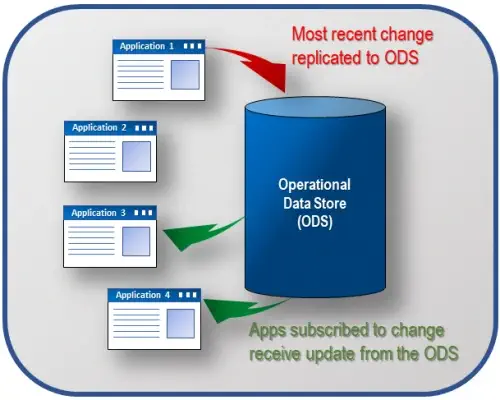How Do You Use an Operational Data Store?
An Operational Data Store (ODS) is a powerful tool to help provide any company or organization operational reports with up-to-date 360-degree views of any and all information in any connected data records. An ODS is a subject-oriented, integrated, volatile collection of current data designed to support the tactical decision-making of an organization. The key words in this definition are volatile and tactical. Because the ODS allows the records to be updated (volatile) ODS’ are sub-optimal solutions for strategic decision-making but excellent choices for operational decision-making.
Why is this true? A properly designed ODS will use a relational design and will contain the most recent data of any associated records. Since the ODS will have the most recent data concerning these records — most likely from multiple sources — it is able to use this data as a source for operational reports. For example: How many customers do we currently have? Where is the customer’s package? What is the current lifetime value of this customer? The ability to ask and answer these kinds of questions is a powerful and necessary tool for most organizations. Here is an example of the ODS for a membership society with a publishing division which had many disparate applications with the same constituent (members, authors, students, educators, etc.) data in each system.
As you can see ODS is a powerful tool that can help this entity answer a great many operational questions by providing up-to-date information about their constituents.
But this is only half of the benefit of an ODS. Another ODS benefit is it can be used as a Data Hub. Because the ODS contains the current version of subject oriented data it can leverage this source of data as a way to keep satellite systems in synch while providing the ultimate in application flexibility. In the example below, assume a person logs into the Membership system and updates an email address. The changed email address from the membership database is captured and sent to the ODS. The ODS and the membership database now both have the most up-to-date email address for this constituent but the Journals, Meetings and Communities databases still have the old email address. To rectify this discrepancy I recommend creating a pub/sub update method where satellite applications can decide if they would like to have this updated information pushed from the ODS to the satellite database.
This integration through data allows the ultimate in flexibility when choosing your applications, thereby making the ODS an invaluable asset in any organization.



